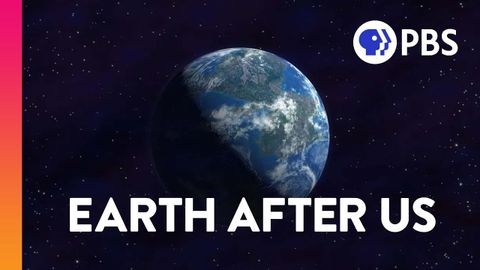
字幕と単語
動画の中の単語
time
US /taɪm/
・
UK /taɪm/
- n. (u.)(音楽の)拍子 : テンポ;(時計が指し示す)時刻 : 時間;時間;(ある出来事が起きる)時 : 時点;時;時代 : 時期;時間;所要時間
- v.t.(音楽の)リズムをとる;(~するのに)ふさわしい時を選ぶ;時間を計る;(出来事の最適な時間や時期を)決める
A1 初級TOEIC
もっと見る spread
US /sprɛd/
・
UK /spred/
- n. (c./u.)食べ物の盛り付け;間隔;パンに塗る(ようにしてのせる)もの;流行;範囲
- v.t./i.広げる : 広がる;広まる;広範囲に散る
- v.t.薄く表面に塗る
- v.i.広がる;人に知られる
A2 初級TOEIC
もっと見る エネルギーを使用
すべての単語を解除
発音・解説・フィルター機能を解除
